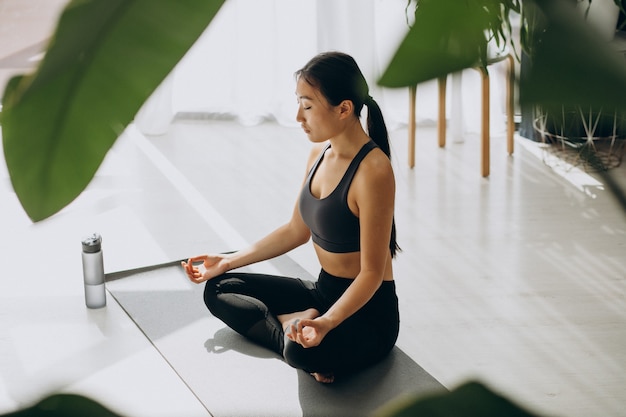
Yoga isn’t just about flexible limbs; it offers significant benefits for memory, heart health, and bone strength. In the UK, spending on yoga classes and equipment has surged to £790 million annually. While yoga may seem to get stranger with trends like rage yoga or dog yoga, scientific evidence increasingly supports its health advantages.
Researchers at UCLA discovered that practicing yoga and meditation for three months outperformed memory exercises in reducing age-related brain impairment. Another study found that yoga improved sleep for breast cancer survivors.
When Lucy Edge, a former advertising executive, experienced severe depression, she turned to yoga instead of medication. After a six-month break in India to study yoga, she returned happier and more content. Lucy has since authored three books on yoga and created Yoga Meds, a part of her website Yogaclicks.com, highlighting over 300 clinical trials demonstrating yoga’s benefits for various conditions including arthritis and obesity.
Yoga can boost memory. UCLA research compared 12 weeks of yoga and meditation to memory exercises in adults over 55, showing better improvements in memory, reduced depression and anxiety, and increased stress resilience in the yoga group. While the study is small, it indicates the potential of yoga and meditation for maintaining brain health as we age.
For heart health, yoga proves beneficial too. A review in the European Journal of Preventative Cardiology revealed that yoga could lower heart disease risk as effectively as activities like brisk walking. Yoga helps reduce stress, a major factor in heart disease, by lowering blood pressure and heart rate.
For those looking to start yoga, gentle forms like Kundalini yoga are helpful. Participants in the UCLA study practiced Kundalini yoga and Kirtan Kriya, a type of meditation involving chanting and visualization, for an hour weekly and 20 minutes daily, respectively.
Yoga also aids in stress reduction and back pain relief. Teachers like Charlotte Watts and Anna Ashby have developed restorative yoga practices that support stress reduction. Sarah Shone, a physiotherapist and yoga teacher, incorporates yoga into rehabilitation programs, with 87% of participants reporting pain reduction. Yoga’s weight-bearing nature helps increase bone density and target muscles like the pelvic floor to prevent incontinence.
To begin yoga, inform your instructor of any health issues and start with gentle styles like Hatha or Iyengar. Those with specific conditions should consult their doctor about subsidized yoga referrals. Good props, like supportive mats and blocks, can enhance your practice. Investing in thicker mats protects joints, while materials like cork provide stability and grip.
Yoga styles vary; options include Yin or Restorative yoga for relaxation, Vinyasa Flow for an energetic sequence linked to breath, Iyengar for precise postures, and Anusara for alignment-focused movements often set to music. Yoga Therapy, taught by specially trained instructors, can aid in healing injuries or illnesses.
Practicing yoga brings numerous benefits, helping maintain mental and physical well-being while coping with stress and specific health conditions. Whether you’re new or experienced in yoga, there’s a style to suit everyone’s needs.